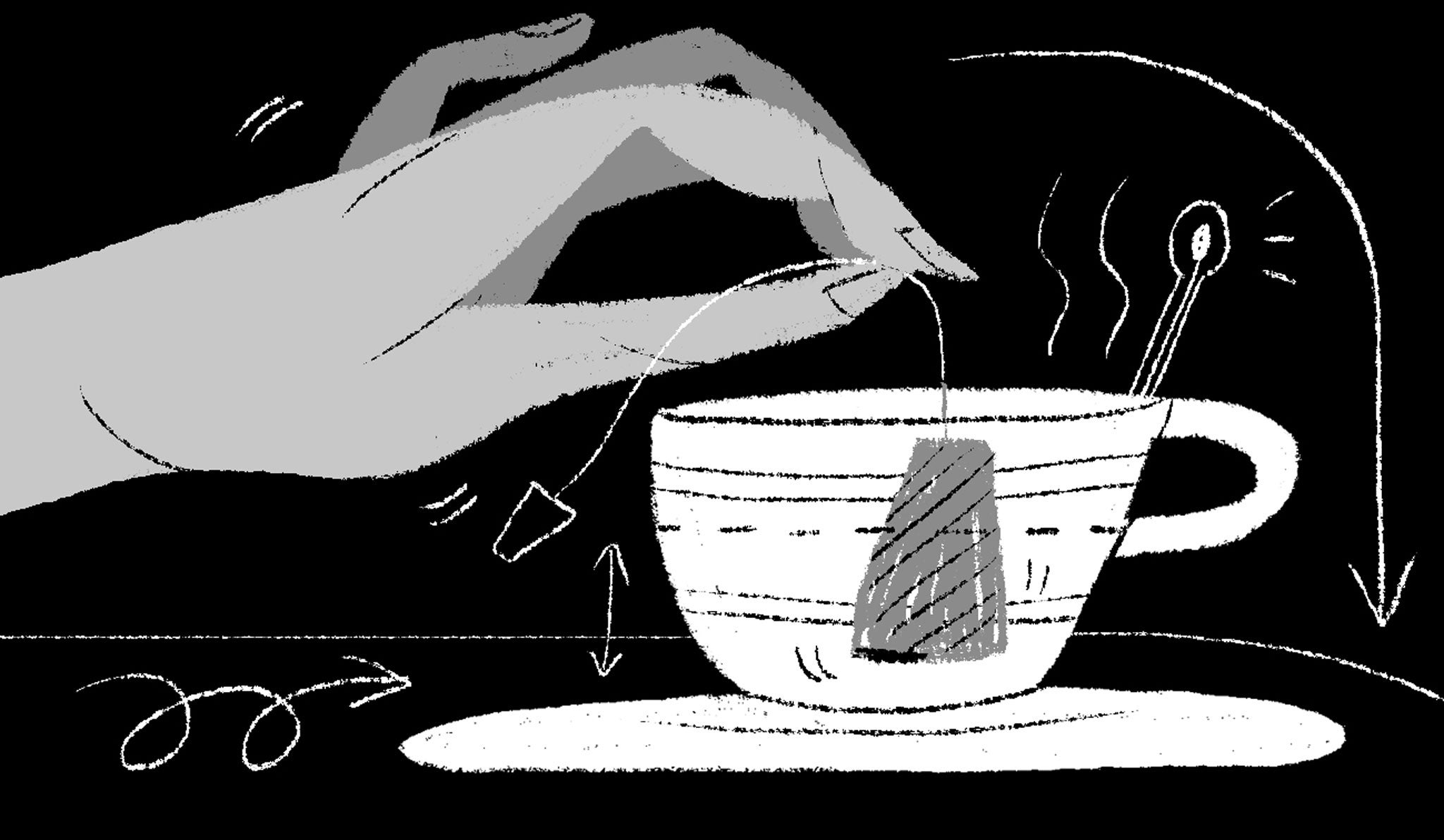Let me ask you this: 'Does dunking your tea bag actually do anything?'

Your support helps us to tell the story
From reproductive rights to climate change to Big Tech, The Independent is on the ground when the story is developing. Whether it's investigating the financials of Elon Musk's pro-Trump PAC or producing our latest documentary, 'The A Word', which shines a light on the American women fighting for reproductive rights, we know how important it is to parse out the facts from the messaging.
At such a critical moment in US history, we need reporters on the ground. Your donation allows us to keep sending journalists to speak to both sides of the story.
The Independent is trusted by Americans across the entire political spectrum. And unlike many other quality news outlets, we choose not to lock Americans out of our reporting and analysis with paywalls. We believe quality journalism should be available to everyone, paid for by those who can afford it.
Your support makes all the difference.This is a fairly complicated question to answer, one which I spent a considerable amount of time researching about 15 or so years ago. There are a couple of competing hypotheses:
1. Dunking mixes the tea, reducing the concentration around the leaf, encouraging dissolution.
2. A wetted teabag on the surface of hot water will – because the hot water rises and the heavier and slightly cooler tea solution falls – set up a circulation loop, keeping 'fresher' water nearer to the leaves.
3. A teabag on the bottom of the glass will be in a stronger solution and will inhibit less desirable components from leaching out of the tea as fast, and will taste better.
4. Hard water will affect the ability of tea to dissolve, whereas soft water will penetrate the leaves more readily, so the water hardness matters more than the brew method.
5. Tea leaves will swell and fill the bag, and the 'pores' won't open, preventing the tea from brewing correctly.
6. Boiling water will 'burn' the tea components (or conversely, water that isn't hot enough won't 'dissolve' the tea components).
Four to six raise uncomfortable issues. What about the bag and water? I made many attempts to design experiments to change all of the observed factors. In general, I observed the following:
1. Tea leaves do swell in hot water. Both Pyramidal and Constanta bags perform nearly identically, and 'pillow' bags perform noticeably poorer.
2. Once the bag and tea is wet, diffusion takes over. In almost all circumstances, dunking versus teabag at bottom or top of cup does not matter.
3. Dunking gives you something to do. As with 'a watched pot never boils', the perception of time decreases if you are dunking versus watching it float.
The act of brewing, the ritual, deeply influences the perception of an individual. If I'm rushing and dunking, I'm probably a little stressed and am not going to feel the relaxing properties of tea – and I'm going to gulp it down and get a quick buzz. If I am slow, meditative, I'm less likely going to get a heavy buzz from the tea until I drink a whole lot of it. I'm going to see the tea as calming and relaxing because I'm moving more slowly and enjoying the ritual.
There are some people who insist dunking will 'bruise' the leaf and make it taste different, which is utter nonsense. Within statistical error, under almost all testing conditions, I cannot find a difference between dunking and not dunking under controlled circumstances – so do it how you want.
Matt Harbowy, tea chemist
This answer comes from quora.com, the popular online Q&A service. Ask any question and get real answers from people in the know
Join our commenting forum
Join thought-provoking conversations, follow other Independent readers and see their replies
Comments